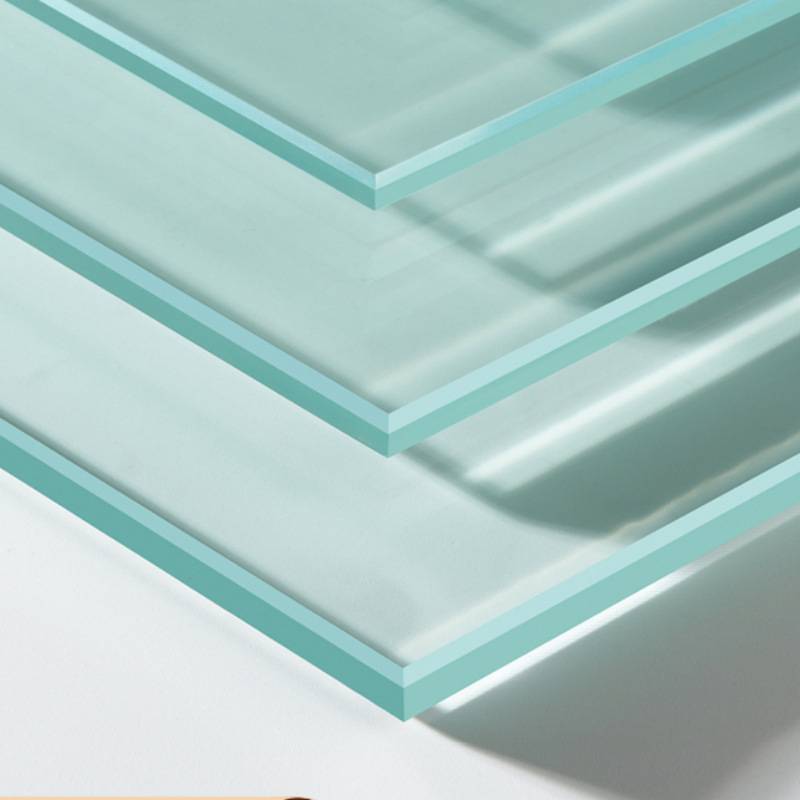The Process of Cutting Float Glass Techniques and Considerations
Float glass, known for its clarity and uniform thickness, is widely used in windows, mirrors, and various decorative applications. The process of cutting float glass is crucial to its usability in various projects, from construction to art installations. Understanding the techniques and considerations involved in cutting float glass can greatly enhance productivity and results.
Understanding Float Glass
Float glass is manufactured by floating molten glass on top of molten tin, which creates a smooth and even surface. This process results in glass sheets that are free of distortion and bubbles, making them ideal for applications requiring optical clarity. However, despite its advantages, cutting float glass requires precision and the right techniques to ensure clean edges and minimize breakage.
Tools and Techniques for Cutting Float Glass
1. Glass Cutter The most basic tool for cutting float glass is a glass cutter, which has a hardened steel wheel that scores the surface of the glass. It’s essential to apply even pressure while scoring to create a clean line. The score line serves as a guide for breaking the glass; thus, it must be done accurately.
2. Score and Snap Method Once the score line is created, the next step is to “snap” the glass along the score. This is typically done by placing the scored line on the edge of a flat surface and applying downward pressure on either side. This technique requires practice and consistency to achieve a clean break.
3. Cold Knife and Cutter For thicker glass sheets, a cold knife or a specialized glass cutter is often used. These tools allow for deeper cuts and are ideal for intricate designs or shapes.
cutting float glass
4. Wheeled Cutters For larger and thicker sheets of float glass, wheeled cutters equipped with a scoring head can be employed. These tools help simplify cutting complex shapes and curves.
5. Waterjet Cutting In industrial settings, waterjet cutting can be utilized. This method involves shooting high-pressure water mixed with abrasive materials to cut through glass without generating heat, thus reducing the risk of cracking.
Safety Considerations
When cutting float glass, safety cannot be overlooked. Glass is inherently sharp, and proper safety gear is essential. Always wear gloves and protective eyewear to prevent injuries from shards. Additionally, working in a clutter-free environment helps minimize accidents and promotes a smoother workflow.
Preparation and Measurement
Before cutting, careful measurement and planning are vital. Using a measuring tape and marking the glass with a grease pencil can help ensure accuracy. It’s advisable to double-check measurements before making any cuts, as errors can lead to waste and additional costs.
Conclusion
Cutting float glass isn't just a technical task; it's an art that requires the right tools, techniques, and safety measures. By understanding the properties of float glass and mastering various cutting methods, one can effectively utilize this versatile material in numerous applications. Whether for home renovations, crafting, or industrial projects, proficient cutting skills can lead to stunning results and enhanced functionality. As with any craft, practice and patience are key to achieving precision and quality in float glass cutting.
 Afrikaans
Afrikaans  Albanian
Albanian  Amharic
Amharic  Arabic
Arabic  Armenian
Armenian  Azerbaijani
Azerbaijani  Basque
Basque  Belarusian
Belarusian  Bengali
Bengali  Bosnian
Bosnian  Bulgarian
Bulgarian  Catalan
Catalan  Cebuano
Cebuano  Corsican
Corsican  Croatian
Croatian  Czech
Czech  Danish
Danish  Dutch
Dutch  English
English  Esperanto
Esperanto  Estonian
Estonian  Finnish
Finnish  French
French  Frisian
Frisian  Galician
Galician  Georgian
Georgian  German
German  Greek
Greek  Gujarati
Gujarati  Haitian Creole
Haitian Creole  hausa
hausa  hawaiian
hawaiian  Hebrew
Hebrew  Hindi
Hindi  Miao
Miao  Hungarian
Hungarian  Icelandic
Icelandic  igbo
igbo  Indonesian
Indonesian  irish
irish  Italian
Italian  Japanese
Japanese  Javanese
Javanese  Kannada
Kannada  kazakh
kazakh  Khmer
Khmer  Rwandese
Rwandese  Korean
Korean  Kurdish
Kurdish  Kyrgyz
Kyrgyz  Lao
Lao  Latin
Latin  Latvian
Latvian  Lithuanian
Lithuanian  Luxembourgish
Luxembourgish  Macedonian
Macedonian  Malgashi
Malgashi  Malay
Malay  Malayalam
Malayalam  Maltese
Maltese  Maori
Maori  Marathi
Marathi  Mongolian
Mongolian  Myanmar
Myanmar  Nepali
Nepali  Norwegian
Norwegian  Norwegian
Norwegian  Occitan
Occitan  Pashto
Pashto  Persian
Persian  Polish
Polish  Portuguese
Portuguese  Punjabi
Punjabi  Romanian
Romanian  Russian
Russian  Samoan
Samoan  Scottish Gaelic
Scottish Gaelic  Serbian
Serbian  Sesotho
Sesotho  Shona
Shona  Sindhi
Sindhi  Sinhala
Sinhala  Slovak
Slovak  Slovenian
Slovenian  Somali
Somali  Spanish
Spanish  Sundanese
Sundanese  Swahili
Swahili  Swedish
Swedish  Tagalog
Tagalog  Tajik
Tajik  Tamil
Tamil  Tatar
Tatar  Telugu
Telugu  Thai
Thai  Turkish
Turkish  Turkmen
Turkmen  Ukrainian
Ukrainian  Urdu
Urdu  Uighur
Uighur  Uzbek
Uzbek  Vietnamese
Vietnamese  Welsh
Welsh  Bantu
Bantu  Yiddish
Yiddish  Yoruba
Yoruba  Zulu
Zulu 

